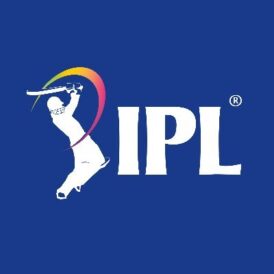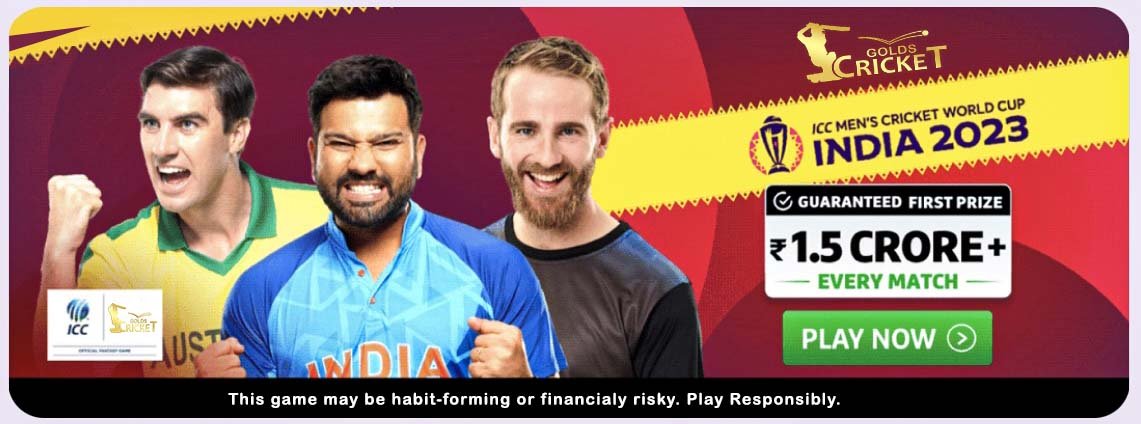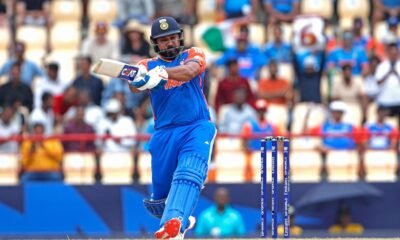Cricket
IPL teams’ value keeps growing and growing: how do IPL franchises make money?
[ad_1]
Timothy Hoff |

Forbes has officially named the IPL one of the most valuable leagues in the world the previous season, with a value growth rate far exceeding that of other hugely popular leagues such as the NFL, the English Premier League or the NBA. In fact the Indian Premier League is now recognized as one of the fastest growing ones in terms of valuation, outpacing their counterparts in the remaining big sports around the world.
This does not come quite as a shock to anyone, especially if we consider that the IPL has grown to become not only the most successful cricket league right now but it has also emerged as the absolute manifestation of the sport’s widely popular Twenty20 format. Everyone who loves cricket, actually enjoys watching -and even more, enjoys wagering on a game in any of the betting sites in India – IPL matches as they run down to demonstrate the champion of the competition.
The growing popularity of the IPL is predominantly responsible for its position among the most valuable leagues in the globe. The league has a well-functioning and excellent working business model that brings revenues enough to secure profits and being poured back into the league for making improvements and advancements necessary for further developing the competition in every possible way. And the teams themselves can boast about their power -and position- to do magic in advancing their performance and making sure that they offer unique spectacle to their fans and viewers.
But how are teams securing money? How do they generate revenues to keep their performance going, not to say growing?
Well, thanks to the business model of the IPL, every revenue stream goes down to making the league itself richer, much more competitive and much more attractive. The money earned from selling broadcasting rights as well as the central sponsorship deals, which eventually account for almost 80% of the league’s revenues, is utilized in such a strategic way that it ensures not only viability of the league into the future, but also continuous growth. Notably, the remaining 20% comes from ticket sales and merchandise.
Nearly 45% of the entire pool of revenues is redistributed to all franchises by the Board of Control for Cricket India BCCI. Another 5% is given to the four play-off teams, while the remaining 50% is reserved by the BCCI. The important thing is that the 45% is shared equally among all teams and this helps a lot to the development of valuable franchises no matter what. Plus there is a cap on players’ salaries – which at the moment is 35% of the team’s revenues – and this facilitates the valuation further, enabling franchises to have profits again no matter what.
Now, besides the revenue sharing, the franchises themselves earn money from a number of different sources. First, it is the sponsorship deals, besides the central sponsorship that runs with the IPL. Big brands get in a rally to make deals with teams and have their name parade along with the franchises in every game and in every appearance.
Apart from sponsorships, teams also make money from player auctions. In the transfer window player trading takes place, where teams are acquiring (or selling) players in exchange for money. Although this revenue stream is not like securing money inflow no matter what – it largely depends on the performance of the players and the performance of the entire team as well – it has often been that which pours more money into an already good working money making machine.
And of course there are the merchandise sales that each team alone makes. Franchises sell a number of different products to their fans – from clothes and accessories to sport gear and equipment – and this creates a non-negligible source of income.
With these being the main revenue streams of IPL franchises, you now have a more clear picture of how the teams are making money and what it is that makes them so much valuable. Having the IPL in Forbes’ list of the most valuable teams (at least in the previous season) is certainly a thing that proves just how well-functioning the league’s business model is.
[ad_2]


















